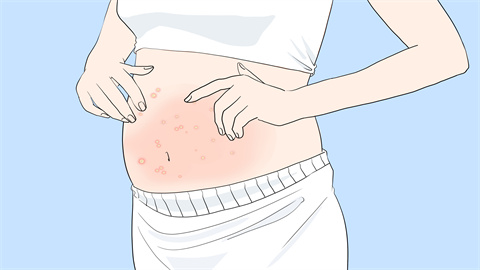Is giving birth painful?
Generally speaking, pregnancy refers to gestation, and giving birth refers to labor and delivery. Labor and delivery are usually accompanied by significant pain. A detailed explanation is as follows:

The pain experienced during labor mainly originates from the rhythmic contractions of the uterus, the dilation of the cervix, and the pressure and pulling sensations caused by the baby passing through the birth canal. During uterine contractions, the strong contraction and relaxation of the uterine muscles produce significant pain, which often intensifies progressively as labor advances, with contractions becoming longer in duration. As the baby descends and rotates through the birth canal, it exerts pressure and causes stretching of surrounding tissues such as the pelvic floor muscles and vagina, resulting in pain. Individuals vary in their perception and tolerance of pain; thus, the pain experience may differ between first-time mothers and those who have given birth before, due to differences in the birth canal and physical adaptability.
Moderate exercise during pregnancy, such as walking and prenatal yoga, can help strengthen pelvic floor muscles and improve physical endurance, preparing the body for exertion and tolerance during childbirth. However, these activities should be performed under professional guidance to avoid overexertion and risky movements.




